The world of trail running is as diverse as the landscapes it traverses. From rugged mountain paths to serene forest trails, the terrain underfoot shapes not only the physical challenge but also the very soul of the experience. Unlike road running with its predictable surfaces, trail running demands constant adaptation to ever-changing ground conditions, making terrain awareness a critical skill for every off-road runner.
Mountainous terrain presents perhaps the most iconic trail running challenge. The steep ascents test cardiovascular endurance while technical descents demand precise foot placement. Above the tree line, runners encounter scree fields - loose rocks that shift unpredictably with each step. These sections require a delicate balance between maintaining momentum and avoiding slips. Alpine environments add the element of altitude, where thinner air transforms familiar effort levels into breathless struggles. The reward comes in panoramic views that stretch to distant horizons, making every oxygen-deprived step worthwhile.
Forest trails offer a completely different sensory experience. The cushion of pine needles or packed earth provides forgiving surfaces that reduce impact on joints. However, roots crisscrossing the path create natural trip hazards, especially when obscured by fallen leaves. Dappled sunlight filtering through canopy creates constantly changing light conditions that can mask obstacles. The enclosed environment amplifies sounds - the crunch of footsteps, the rhythm of breathing - creating an almost meditative quality to the run. During rainy periods, these trails transform into muddy slipways where maintaining traction becomes an art form.
Coastal routes blend elements of technical terrain with breathtaking scenery. Beach running alternates between soft sand that drains energy with each stride and hard-packed tidal zones that allow for faster movement. Cliffside paths often feature exposed sections where focus becomes as important as fitness, with ocean winds adding an extra challenge. The salt air and crashing waves provide sensory stimulation unmatched by inland routes. Rocky shorelines require nimble footwork to navigate tidal pools and seaweed-slick stones while maintaining forward progress.
Desert trails present unique challenges that go beyond surface conditions. The loose, sandy soil provides poor traction, forcing runners to modify their stride. Rocky outcrops and dry creek beds alternate with stretches of hard-baked earth. Temperature extremes test hydration strategies, while the expansive vistas can distort perception of distance. The minimalist vegetation offers little shade, making sun exposure a constant concern. At night, the same trails transform under moonlight, with cooler temperatures but increased navigation challenges.
Urban trail running has emerged as a hybrid discipline, combining natural and man-made elements. Gravel paths through city parks, steps carved into hillsides, and dirt singletrack threading between urban developments create accessible off-road experiences. These routes often feature more consistent surfaces than wilderness trails but incorporate design elements that mimic natural obstacles. The juxtaposition of nature and cityscape creates a unique running environment where skyscrapers might form the backdrop to a technical descent.
Seasonal changes dramatically alter trail characteristics. Summer heat bakes dirt into concrete-like hardness, while autumn rains transform the same paths into muddy quagmires. Winter brings snow and ice that obscure the trail beneath, requiring specialized footwear and adjusted expectations. Spring thaw reveals erosion damage and new growth that narrows passageways. The truly versatile trail runner learns to adapt not just to different locations, but to the same trail's changing personality throughout the year.
Technical terrain classification systems help runners prepare for challenges ahead. Ratings consider factors like elevation gain, surface irregularity, and exposure to help match trails to ability levels. However, these systems can't capture the subjective experience - the mental challenge of a vertiginous cliffside path or the psychological boost of running through wildflower meadows. The most rewarding trails often combine various terrain types within a single run, demanding constant adjustment of pace and technique.
Footwear selection becomes critical when dealing with varied terrain. The aggressive lugs ideal for muddy conditions feel cumbersome on hard-packed earth. Sticky rubber compounds that grip wet rocks wear quickly on abrasive granite. The trail runner's quiver often includes multiple shoe options tailored to specific conditions. Beyond footwear, terrain influences hydration needs, nutrition strategies, and even clothing choices - from breathable fabrics for desert runs to wind-resistant layers for exposed ridges.
Trail terrain doesn't just challenge the body; it engages the mind in ways road running rarely does. The constant need to assess footing, choose optimal lines through technical sections, and adapt to changing conditions creates a moving meditation. This mental engagement may explain why trail runners often describe their sport in spiritual terms, with the earth beneath their feet serving as both opponent and partner in the dance of forward motion.
The relationship between runner and terrain evolves with experience. Beginners see obstacles where veterans see opportunities. What initially appears as a daunting rock field becomes a playground for creative footwork. Steep grades shift from dreaded challenges to welcomed tests of strength. This progression mirrors how our ancestors interacted with wild landscapes - not as something to conquer, but as an environment to move through with respect and adaptability.
Environmental considerations add another layer to terrain interaction. Conscious trail runners practice Leave No Trace principles, staying on marked paths to prevent erosion. They become advocates for land preservation, understanding firsthand how fragile some ecosystems can be. The terrain gives runners its challenges and beauty; in return, runners owe it their stewardship. This reciprocal relationship ensures these wild spaces remain available for future generations of trail enthusiasts.
Ultimately, terrain diversity represents trail running's greatest gift. The variety keeps both body and mind engaged, preventing the monotony that can plague road running. Each surface, each incline, each technical section tells part of the landscape's story. To run trails is to read the earth with one's feet, learning its language with every step. The terrain doesn't just provide the stage for the run - it becomes an active participant in the journey.
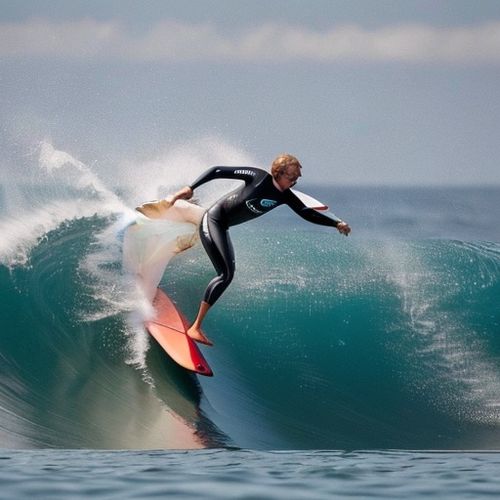
By Eric Ward/May 8, 2025

By Lily Simpson/May 8, 2025

By Jessica Lee/May 8, 2025
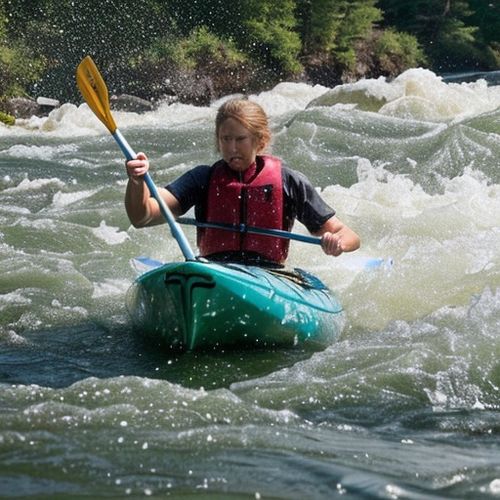
By Grace Cox/May 8, 2025

By Emily Johnson/May 8, 2025

By Rebecca Stewart/May 8, 2025

By George Bailey/May 8, 2025
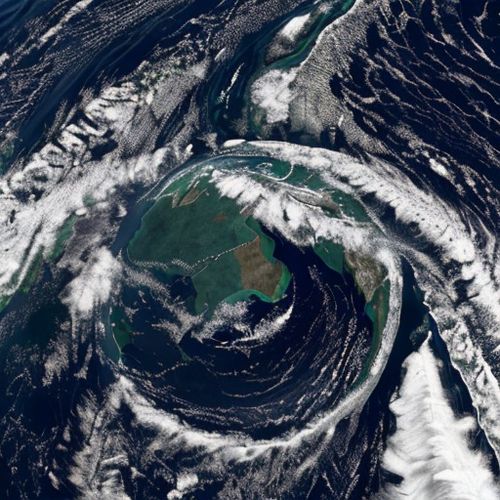
By Sophia Lewis/May 8, 2025

By George Bailey/May 8, 2025

By Eric Ward/May 8, 2025

By James Moore/May 8, 2025

By Thomas Roberts/May 8, 2025

By Victoria Gonzalez/May 8, 2025

By Samuel Cooper/May 8, 2025

By David Anderson/May 8, 2025

By Joshua Howard/May 8, 2025
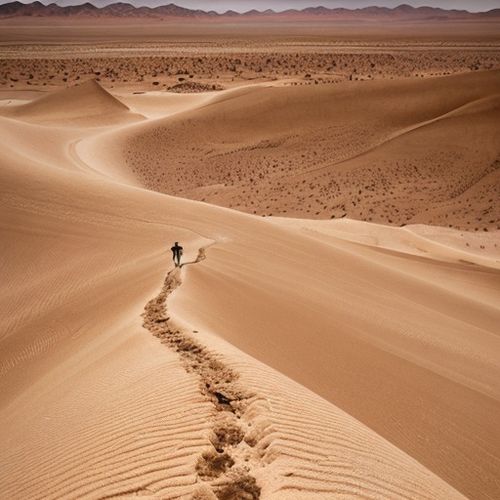
By Michael Brown/May 8, 2025

By Elizabeth Taylor/May 8, 2025
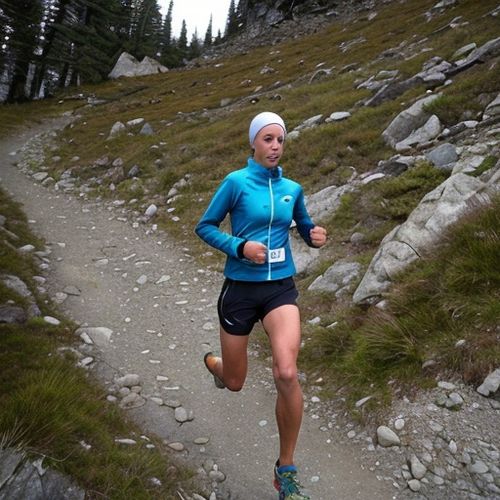
By Benjamin Evans/May 8, 2025
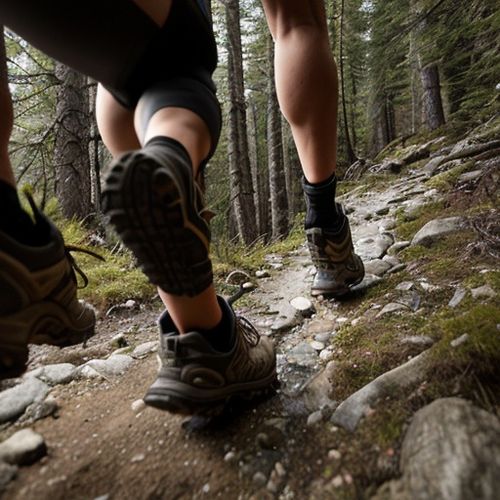
By Noah Bell/May 8, 2025